Department of Tourism
Govt. of Rajasthan










Rawal Veer Singh founded Dungarpur in the year 1282 AD after taking over from Bhil tribal Chief, Dungaria. Dungarpur is situated in the foothills of Aravallis and has a varied terrain ranging from wild and rugged to fertile plains of alluvial soil.
Dungarpur is widely known for wildlife varieties like Jackal, Jungle Cat, Indian Fox, Hyena, Black Faced Monkey, Porcupine and Common Mongoose. The birds that are commonly visible in this region are Partridges, Peafowls, quails, Cuckoos, Eagles and Vultures.
A few varieties of migratory birds also come to this place during winter season. Teak, Mahua, Mango and Khajur are commonly found here. Two magnificent rivers namely Mahi and Som flow through this region separating it from the cities of Banswara and Udaipur.
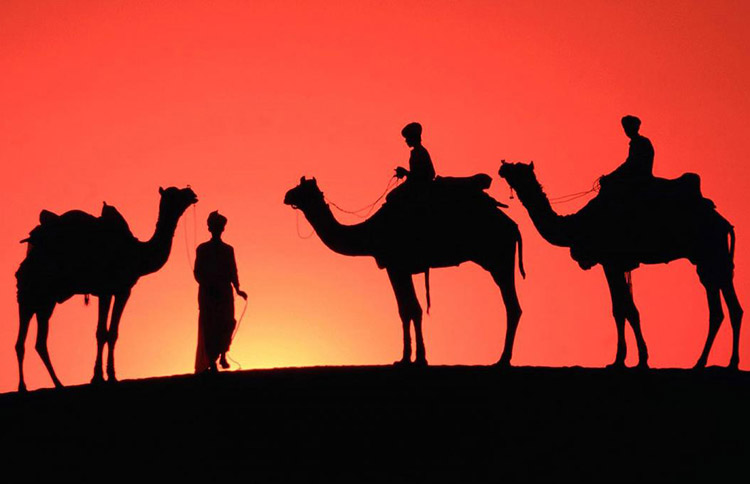
The climate of Dungarpur is dry and summer season is extremely hot. The temperature ranges from 41'C to 45'C in the month of May itself. The coldest month here is January with a minimum night temperature of 5'C. The district receives scanty rainfall with an average of 710mm annually.
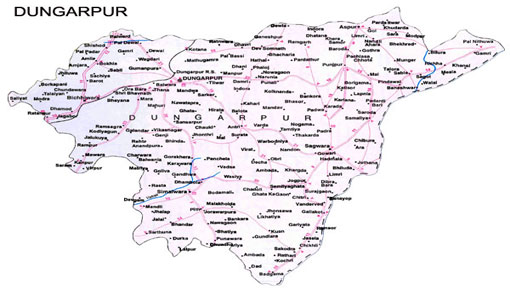
The district of Dungarpur is located at a distance of 120 kms from the city of Udaipur in Rajasthan while the capital of the state Jaipur is quite far off. The distance of Jaipur from Dungarpur is around 425 kms.

It is believed that during the reign of Maharawal Veer Singh Dev, the sixth descendant of Sawant Singh of Mewar, the area of the present Dungarpur was under a powerful Bhil tribal chief, Dungaria. Dungaria aspired to marry the daughter of a wealthy Mahajan name Sala Shah. Sala Shah fixed a distant date for the wedding and, in the meantime, conspired with Veer Singh to assassinate the whole marriage party including Dungaria while they were intoxicated. After the assassination, Rawal Veer Singh took over the possession of the entire area and founded the town of Dungarpur.The name Dungarpur was given to the new town as Rawal Veer Singh had promised the two widows of Dungaria that the new name of the town would be after the name of Dungaria. He also erected a monument in the honor of Dungaria. He further announced that in future, at the time of taking over of the new ruler, a descendant of Dungaria would put the 'Tilak' on the forehead of the ruler from the blood drawn from his finger.
Dungarpur is famous for its unique style of architecture as seen in its palaces and noble residences. These royal residences are decked by 'jharokhas' made up of stone in a unique style typical of the area, developed during the reign of Maharawal Shiv Singh (1730-1785 A.D.) The district's gold and silver smiths are renowned for lacquer painted toys and picture framing.
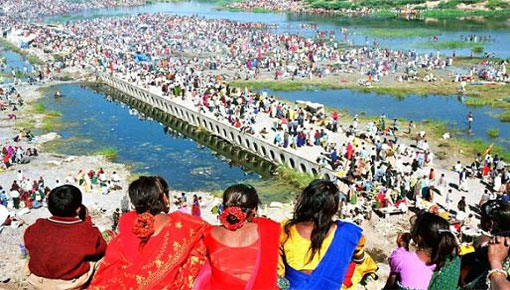
The city of Dungarpur has withstood the rise and fall of many empires. Not only Tribal chiefs, Rajput kings, Mongol invaders, Mughals but even Marathas ruled over Dungarpur. The architecture of the city clearly indicates the variation of cultures the town has witnessed. Due to these variations, the historical monuments of the city are worth visiting as all of them are truly unique to the visitors. The major places worth visiting in Dungarpur are Baneshwar Fair, Dungarpur Museum, Gaib Sagar Lake, Juna Mahal, Udai Bilas Palace and Urs- Galiyakot.
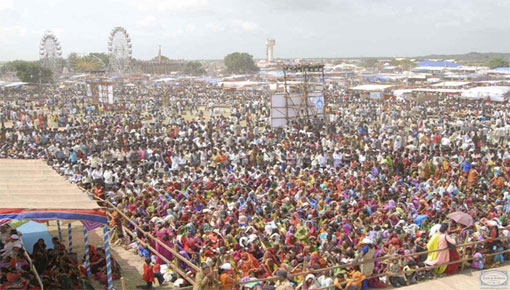
This name Baneshwar meaning delta was taken from the venerated Shivlinga kept in the Mahadev temple at Dungarpur. Every year this fair is organized at the place where the rivers Som and Mahi form a delta and the time of the fair is from Magh Shukla Ekadashi to Magh Shukla Purnima every year.
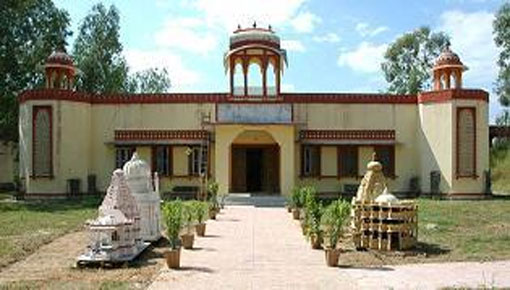
This is a newly constructed museum and is officially known as Rajmata Devendra Kunwar State Museum and Cultural Centre, Dungarpur. It was opened for the public in the year 1988.
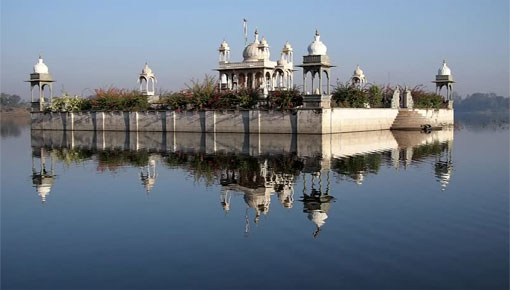
The famous Gaib Sagar Lake is situated amidst the picturesque surroundings at Dungarpur. It is a bird's paradise and has beautiful plantation on its banks.
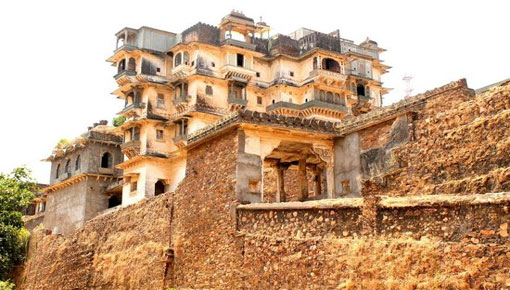
The 13th century seven storeyed building looks a lot like a citadel with stonewalls, towers, narrow entrances and hallways to retard the advancing of the enemy. The marvelous interiors overstated with beautiful frescoes, miniature paintings, glass and mirror work. This building is surely worth a visit on your trip to the city of Dungarpur.
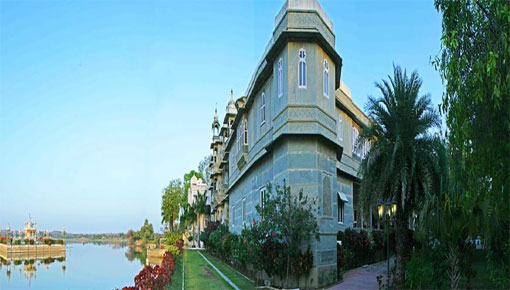
This palace was constructed as a home or the royal family and was named after Mahrawal Udai Singh II. The building has excellent work of Rajput architecture with sculpted pillars and panels, balconies and spectacular arches.
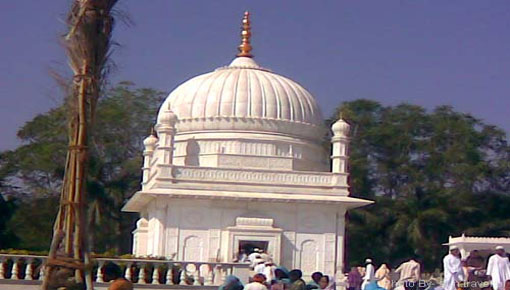
A small village in Dungarpur district, Galiyakot holds special significance for the sect of Ismaili Shia Muslims who gather there for ziyarat at the memorial of Sayyed Fakhruddin.
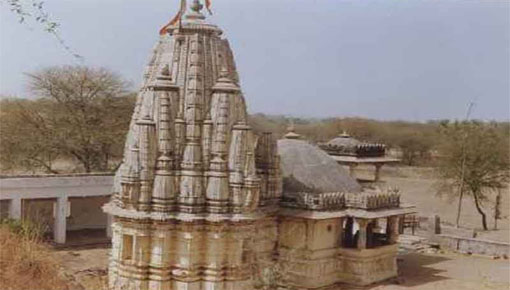
This temple is located at the place where the rivers of Som and Mahi for a delta. This temple has three Shivlings. The Vishnu temple is located near this temple and is believed to be built on the spot where Mavji, an incarnation of Lord Krishna, meditated. A temple of Lord Brahma is also located nearby which is the venue of an annual fair.
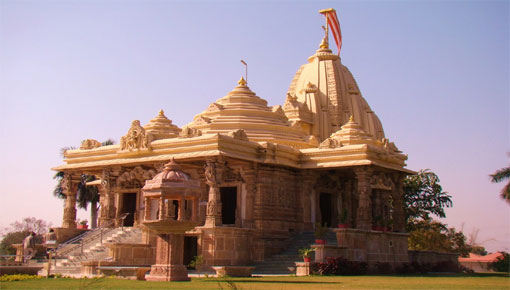
It was initially the capital of Vagad and is famous for the old Shiv Temple made up of white stone and an ancient Jain temple that has the images of all 24 tirthankaras carved a black wall.
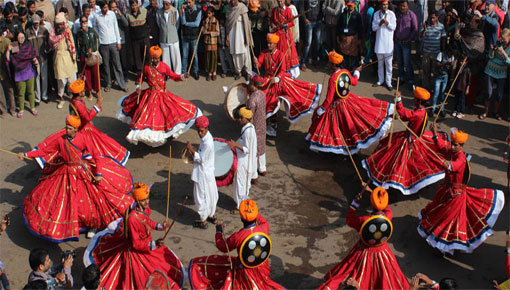
A colorful fair is held every year five days after holi at the temple of Lord Shiv situated here. Gair dance of the Bhil tribe is the major attraction of the fair.
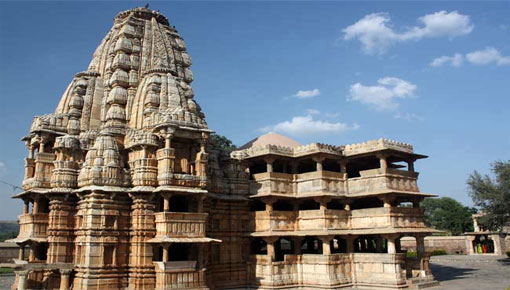
Deo Somnath is an ancient temple of Lord Shiv made up of white stone that was constructed in the 12th century. The temple has an exemplary architecture and symbolizes the art of the ancient times.
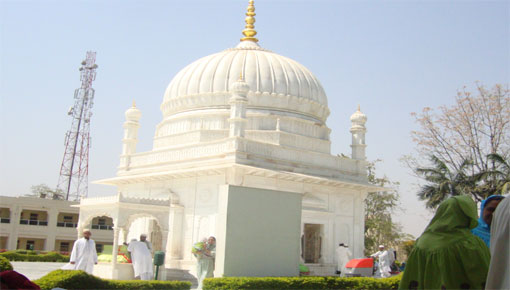
The village of Galiyakot is famous for the shrine of Sayyed Fakhruddin and is visited by thousands of devotees every year. The village also has Jain temples that are worth seeing.
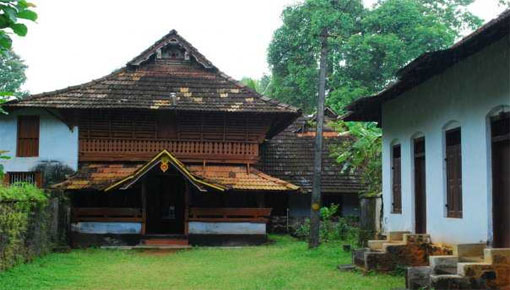
Poonjpur is a temple dedicated to Mavji who was the incarnation of Lord Krishna and houses the manuscript of 3 books called Chopra. Mavji himself wrote Chopra. The temple also has an idol of Nishkalank taking a ride on a horse.
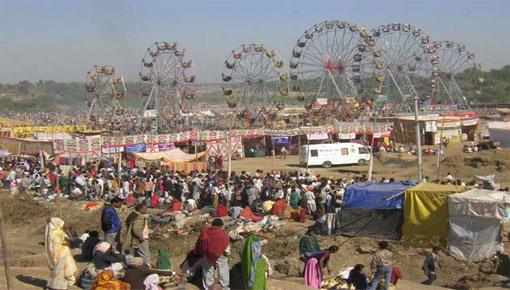
On the full moon day in the month of February, thousands of devotees from Bhil tribe gather at the convergence of river Mahi and Som and take a holy dip. It is an occasion when people worship, sing and dance. Magic shows and acrobatic displays add interest to the celebrations during Baneshwar fair.
Another important celebration of Dungarpur is Bar Bij Fair held every year a month after Diwali. On the fifth day after holi, tribals have a fair where they perform dances and display their traditional artillery.